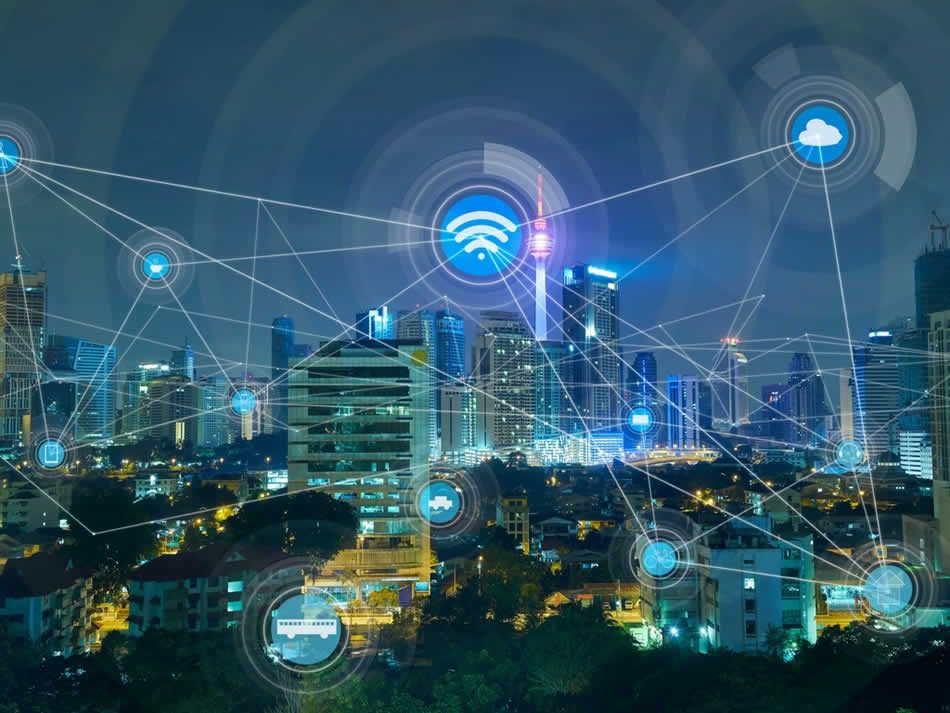Internet of Things and Fleet Management

The use of Internet of Things technologies is no longer a distant future. These technologies already live among us. And a good fleet manager should be able to incorporate them in order to improve the performance of their fleet.
How Internet of Things is affecting Fleet Management
The industry of transportation and fleet management is one of the most able to take advantage of the resources that Internet of Things puts at their disposal. From large multinationals to smaller companies, everyone can benefit from this technology. Internet of Things is a term we use to refer to real world objects that have an internet connection. This internet connection is used both to transmit and to receive data, information, indications, etc. In the case of fleet management, we can see the Internet of Things in the sensors incorporated to vehicles or carried by people, and that continuously exchange data with the management center.
The great advantage of using Internet of Things applied to fleet management is that the exchange of data with the management center is done in real time. At any time the fleet manager can know the status or location of a vehicle. In the same way, they can communicate with drivers to warn them that they are using too much fuel or that they need to take a break during a long trip. In this way there is a substantial improvement of fleet maintenance, saving time and fuel and better efficiency and Eco Driving of the vehicles.
Practical applications of Internet of Things in fleet management
All the information collected by the sensors of the vehicles and the employees is of little use if it is not analyzed and used in real time. This can be done through smartphone apps, cloud-based services, and other platforms, which help the fleet manager make informed decisions and create adaptive and efficient strategies. Using Internet of Things in day-to-day management of our fleet means being able to find faster routes, consume less fuel, and extend the life of the entire fleet.
The fact that Internet of Things enables two-way communication between the vehicle or driver and the fleet manager means that many incidents and breakdowns can be avoided. For example, if the tire pressure sensor indicates that the pressure is low, the manager understands that the fuel consumption increases. In the same way, newer vehicles incorporate sensors that warn the manager that the useful life of a piece is nearing the end, and that it is necessary to change it. As for drivers, thanks to Internet of Things the fleet manager can know in real time if someone surpasses the maximum speed and thus improve drivers’ behaviour.
Do not miss the opportunity to take advantage of all the benefits you can get from using Internet of Things in your fleet management. Incorporate this technology into the vehicles and drivers of your fleet and start saving time, money and fuel and improving the performance of your entire business.
 Fuel Control
Fuel Control Logistics Module
Logistics Module Remote downloading of tachograph data
Remote downloading of tachograph data Vehicle event management
Vehicle event management Vehicle Preventative Maintenance
Vehicle Preventative Maintenance Dispatching
Dispatching Hours of Service Control (HoS)
Hours of Service Control (HoS) Eco Driving
Eco Driving Care Driving
Care Driving Driving Control
Driving Control Field Management
Field Management Scheduled Reports
Scheduled Reports Fleet Management Control
Fleet Management Control Mobile Applications
Mobile Applications Data forwarding
Data forwarding API
API GPS Vehicle Trackers
GPS Vehicle Trackers GPS Asset Trackers
GPS Asset Trackers GPS Personal Trackers
GPS Personal Trackers GPS Satellite Trackers
GPS Satellite Trackers IoT Devices
IoT Devices +34 911 460 719
+34 911 460 719 sales@globalavl.com
sales@globalavl.com